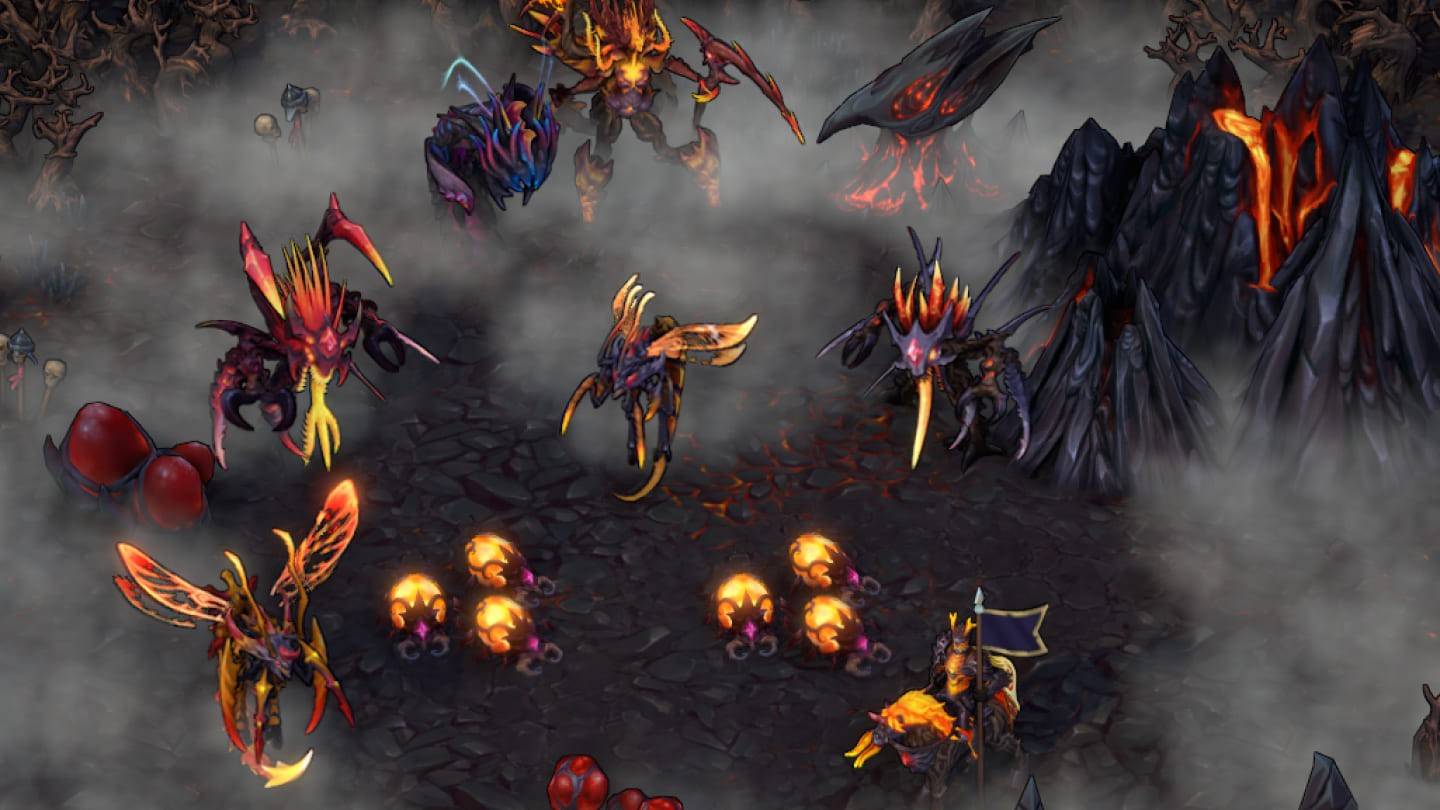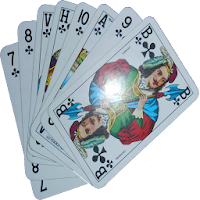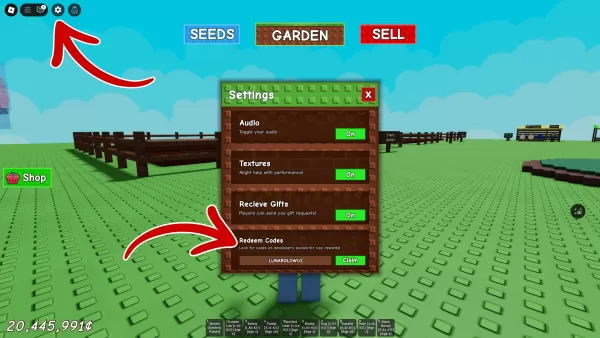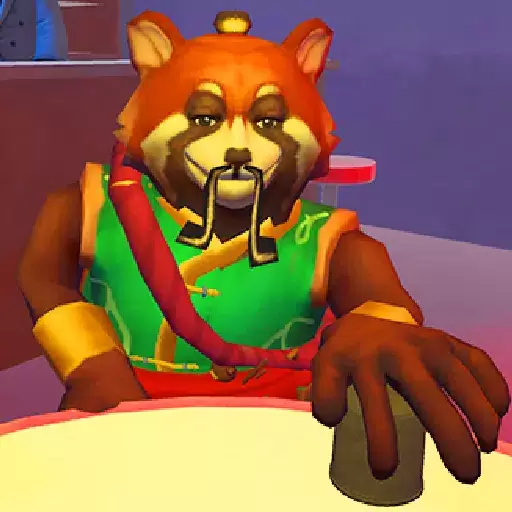
Following the teaser reveal of the Swarm faction, the developers of Heroes of Might & Magic: Olden Era from Unfrozen Studio have provided a deeper dive into this unique castle. They've shared insights into the inspirations behind the faction's creation, detailing how "Inferno" evolved into the "Swarm" (or vice versa), and the unfolding events on the continent of Jadame.
The Swarm's defining characteristic is its remarkable adaptability to adversaries: certain creatures' abilities are contingent on the level of the opposing unit. The greater the disparity between a Swarm unit and its target, the more damage it can inflict. Other creatures, such as mantises, have the flexibility to choose from three different abilities each round. Additionally, some creatures like worms and locusts can consume corpses to heal and bolster their strength—a skill that heroes can also master.
In Olden Era, the traditional demonic threat has been reimagined as an insectoid race, a concept only hinted at in Might & Magic 8. The developers paid homage to the original lore while infusing elements of body horror and occultism, transforming the faction from a mere insect colony into a cult dedicated to a singular ruler. Each follower is an integral part of a vast collective mind, existing solely to carry out its master’s commands.
The gameplay of the Swarm revolves around its "mono-faction" mechanic, where players gain advantages by solely deploying Swarm units, as they synergistically enhance one another. Furthermore, Swarm troops have the ability to summon cocoons, the health of which scales with the overall size of the army. Once hatched, the larvae become temporary units that enable players to adapt to diverse battlefield scenarios.
The developers emphasized the Swarm's distinctive playstyle: its creatures can consume corpses for healing and empowerment, and they possess unique abilities that vary based on the enemy's strength. This design encourages an aggressive approach, centered on direct confrontations, providing players with a novel combat strategy.

 Latest Downloads
Latest Downloads
 Downlaod
Downlaod




 Top News
Top News








